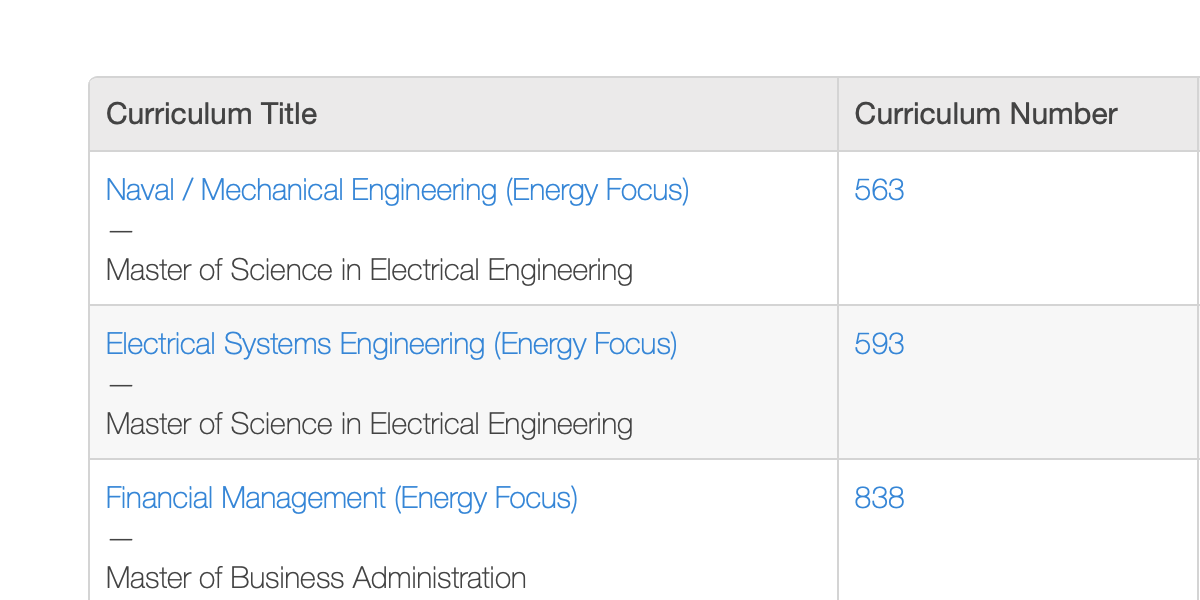Battery Workforce Development - Energy Academic Group
Battery Workforce Development
As the U.S. competes against near-peer adversaries and pursues a carbon-free infrastructure, batteries become increasingly important. The industry will require nearly 3-1/2 million U.S. workers over the next decade, and by 2030 the worldwide lithium battery market will multiply by a factor of 5 to 10. Increasing demand for consumer electronics and the rise of electric vehicles are expected to drive the growth. Skills and knowledge gaps in the U.S., ranging from mining to refining to recycling, will result in over 2 million of those jobs going unfilled, and each one of those gaps, for any one of the end products or for the aggregated deficiencies, can become a national security vulnerability.
China has already taken the lead in the production of batteries. According to the Washington Post, in 2021, China had 93 “gigafactories” manufacturing lithium-ion battery cells compared to the United States’ 4. By 2030, their lead is expected to grow with 140 gigafactories in China, compared to 17 in Europe and 10 in the U.S. China is already the world’s undisputed major producer of batteries.
The NPS Battery Workforce Development Program, sponsored by OUSD(A&S), will identify gaps in the current battery workforce and develop a roadmap to refine the workforce required to support the battery and strategic mineral manufacturing ecosystem. The Program will identify targeted education and training programs, as well as internships, apprenticeships, and other workforce development programs to further the strength and sufficiency of the battery workforce, manufacturing supply chain, and therefore, U.S. national security
- POC: Mary Sims, mjsims@nps.edu
- More Information: https://nps.edu/web/eag/batteries
Application process
Find out more about the NPS application process for energy education programs.
Learn more



